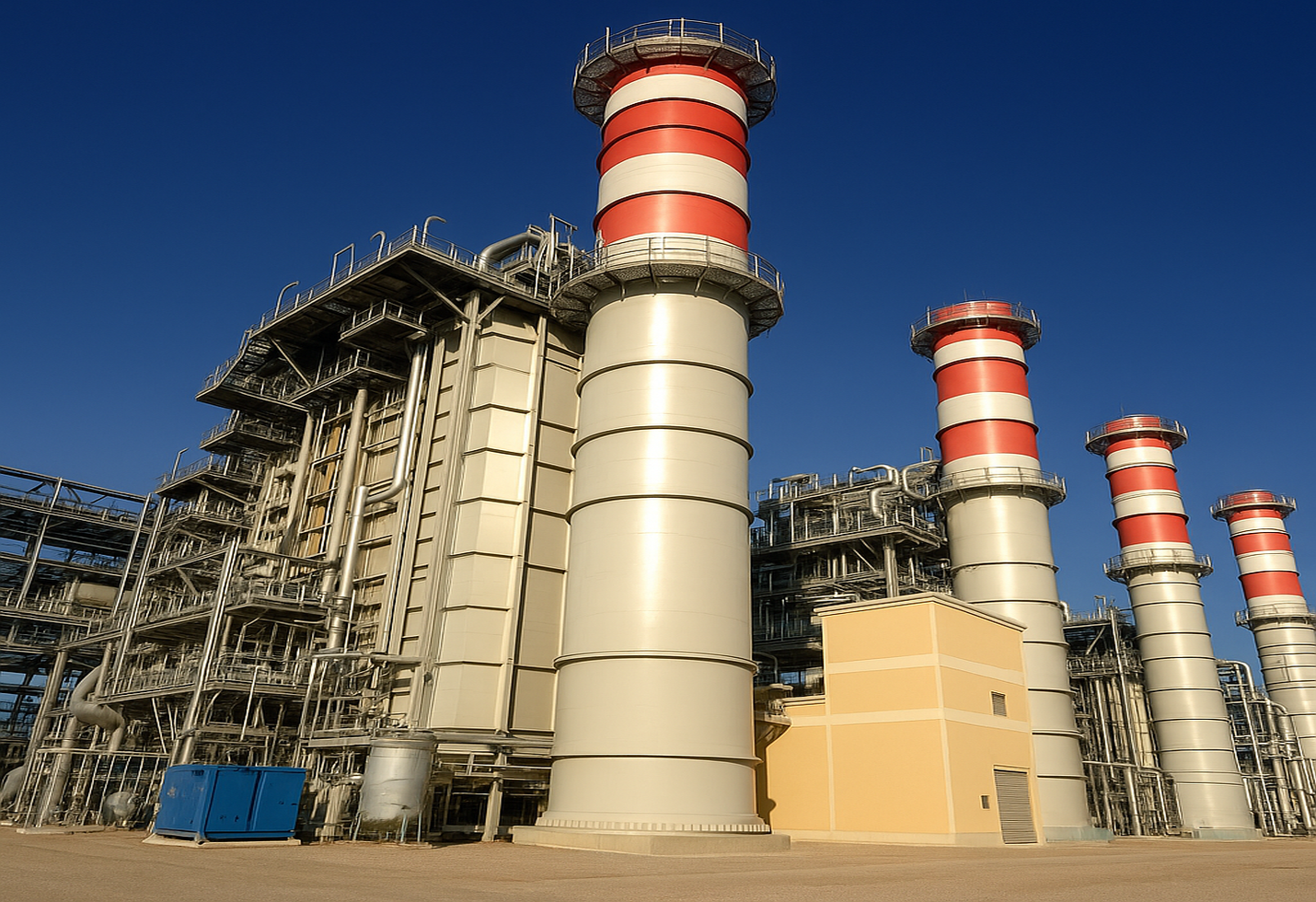Colab Platforms Delivers Staggering Growth: March 2025 Net Sales Skyrocket Over 19,000% Year-on-Year
Colab Platforms Delivers Staggering Growth: March 2025 Net Sales Skyrocket Over 19,000% Year-on-Year
From Modest Beginnings to Market Standout—Colab Platforms’ March 2025 Results Signal a New Era of Expansion and Profitability
A Quarter That Redefined Growth
Colab Platforms’ latest financial disclosures have taken the market by surprise. For the March 2025 quarter, the company’s standalone net sales soared to ₹20.43 crore, up from just ₹0.11 crore in the same quarter last year—a staggering 19,360.76% increase. This is not just a statistical anomaly but a reflection of a fundamental shift in the company’s business operations and market reach.
Net profit for the quarter also saw a dramatic rise, climbing to ₹0.95 crore compared to ₹0.20 crore in March 2024, marking a 375% surge. Such robust growth in both sales and profit is rare, especially in a single quarter, and has drawn the attention of investors and analysts alike.
Yearly Performance: Sustained Momentum
The quarterly results are not an isolated event. For the full financial year ended March 2025, Colab Platforms’ net sales reached ₹69.03 crore, a phenomenal increase of 4,241.51% over the previous year’s ₹1.59 crore. Net profit for the year stood at ₹2.86 crore, up nearly 60% from ₹1.79 crore in FY24.
This consistent performance across multiple quarters underscores the company’s ability to sustain rapid growth, rather than relying on a one-off windfall. The annual figures also highlight improvements in operational efficiency, with operating profit and EBITDA margins showing positive trends despite the scale of expansion.
Operational Highlights and Financial Breakdown
A closer look at the financials reveals several key drivers behind Colab Platforms’ meteoric rise:
• Revenue Growth:
The March 2025 quarter’s revenue of ₹20.43 crore dwarfs the previous year’s figure, reflecting new business wins, expanded service offerings, or possibly successful entry into new markets.
• Profitability:
The net profit margin, while lower than the previous year due to the scale of operations, remains healthy. Operating profit before depreciation and tax (PBDT) for the quarter was ₹1.25 crore, up from ₹0.20 crore a year ago.
• Expense Management:
The company’s expenditure, particularly on purchases of traded goods, scaled up significantly to support higher sales volumes. Employee costs and other expenses also increased, but the overall cost structure appears well-managed relative to the revenue surge.
• Quarterly Trends:
While March 2025 revenue was slightly lower than the previous quarter (December 2024: ₹23.24 crore), the company improved its EBITDA from ₹0.93 crore to ₹1.25 crore, indicating better operational leverage and cost control.
Market and Investor Reaction
The company’s shares have seen increased trading volumes as investors digest the implications of such exponential growth. Analysts are closely watching for sustainability signals—whether Colab can maintain this trajectory or if the results reflect a unique set of circumstances.
Industry observers point to several possible catalysts for the surge, including:
• Effective delivery of major contracts or strategic alliances.
• Expansion into high-growth verticals or geographies
• Strategic investments in technology or infrastructure
• Potential inorganic growth through acquisitions or alliances
However, the company’s management has yet to provide detailed commentary on the factors behind this transformation, leaving room for speculation and further analysis.
Challenges and Forward Outlook
While the numbers are impressive, Colab Platforms faces the challenge of sustaining such rapid growth. Key areas to watch include:
• Margin Management:
As the business scales, maintaining healthy profit margins will require ongoing discipline in cost control and operational efficiency.
• Market Competition:
Rapid growth often attracts new competitors and intensifies existing rivalries. Colab will need to innovate and differentiate to defend its market share.
• Investor Expectations:
With such high growth now established, the pressure is on management to deliver consistent results in future quarters.
Despite these challenges, the company’s performance over the past year has set a new benchmark and created a strong foundation for future expansion.
Conclusion
Colab Platforms’ March 2025 financial results mark one of the most remarkable recoveries in recent times. With net sales up by over 19,000% year-on-year and profits climbing sharply, the company has redefined its position in the market. The coming quarters will be critical in determining whether this momentum can be maintained, but for now, Colab Platforms stands as a testament to what focused strategy and execution can achieve in a dynamic business environment.
:
The image added is for representation purposes only










